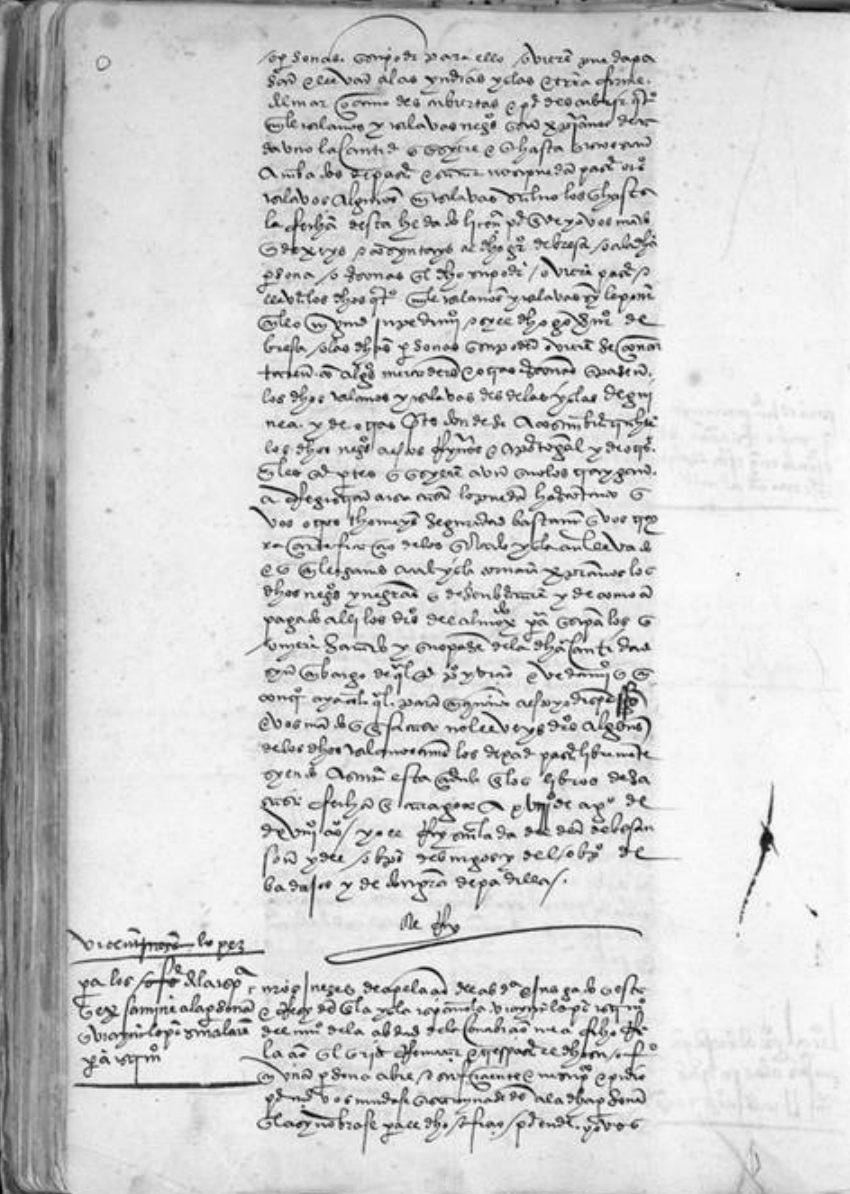Opening the transatlantic slave trade
Royal Charter of 1518
Two years after his accession to the throne, in 1518, Emperor Charles V began to grant private licenses to merchants for the importation of African slaves to the Indies. This charter marked the opening of the transatlantic slave trade.
Introduction
When King Ferdinand and Queen Isabella authorized the importation of slaves on September 16, 1501, they initially sought to maintain strict control over the types of enslaved workers by restricting the slave trade to Christianized Africans from the peninsula. Though this royal decree was initially intended to limit the exposure of indigenous populations to non-Christian religions, it set an important legal precedent, opening the doors to the African slave trade. The Spanish Crown also began to transport its own slaves to help mine gold in the Indies. Most bound laborers remained subject to private masters, however, and the number of Africans imported to Spanish America during these early years of settlement remained relatively small.
Once it became increasingly clear that the demand for African slaves greatly exceeded the available supply of legal slaves, however, restrictions on legal importations were increasingly seen as inadequate. Responding to the increasing pressure by colonists and colonial administrators, Charles V granted permission to traders to import slaves directly from West Africa. Issued to Lorenzo de Gorrevod on August 18, 1518, the charter allowed the shipment of 4,000 enslaved Africans, “both male and female, provided they be Christians,” effectively ending the requirement that slaves had to be born in territories under Christian control.
Further Reading
Citations
Elizabeth Donnan, Documents Illustrative of the History of the Slave Trade to America (Washington, DC: Carnegie Institution of Washington, 1930), 41-2.
Cite this page

Charter authorizing the importation of 4,000 black Africans to the West Indies
EARLY ACCESS: Transcription is under editorial review and may contain errors. Please do not cite or otherwise reproduce without permission.